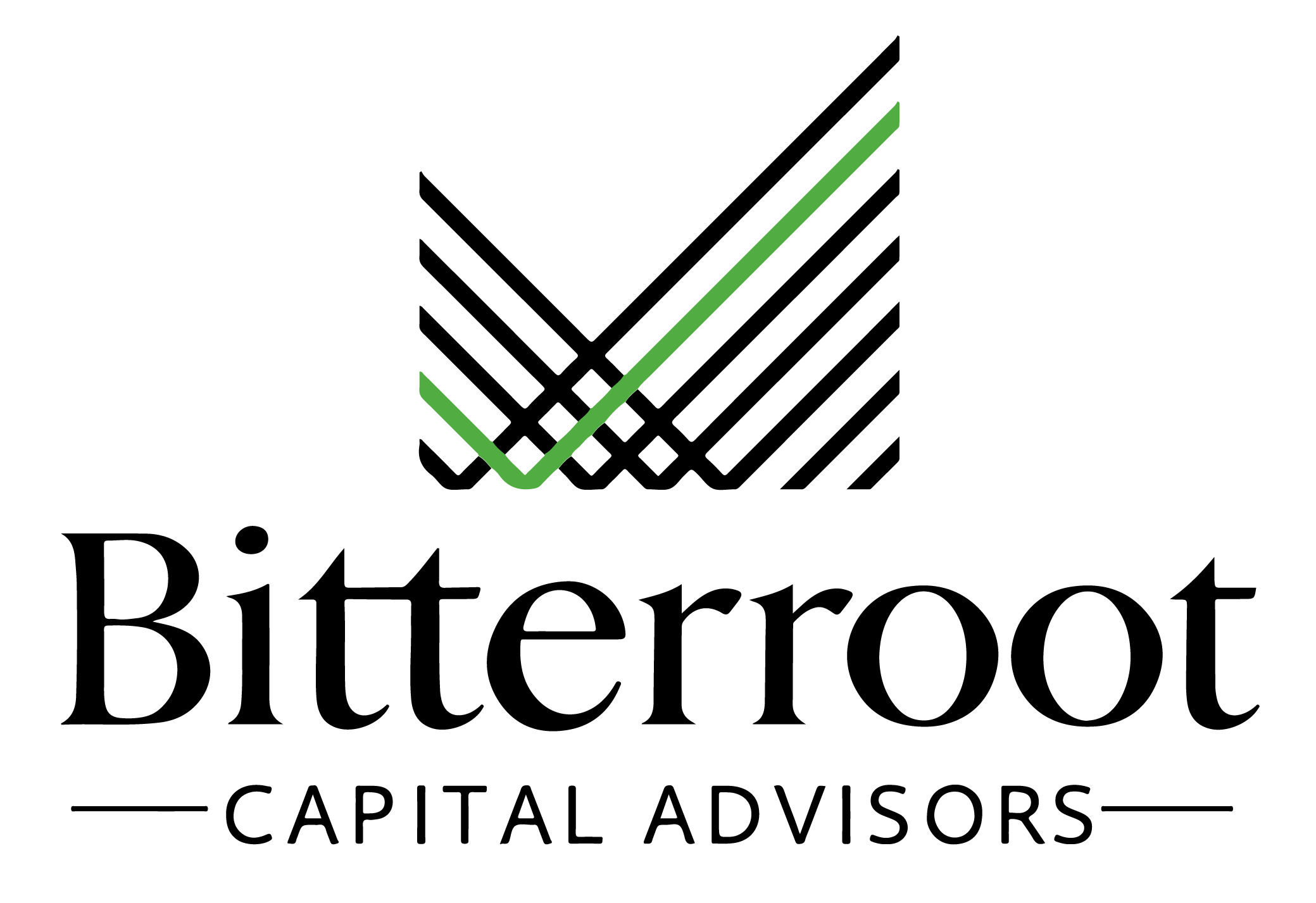The HFRX Hedge Fund Index was up 0.3% in Q2 and +2.9 YTD.
YTD, long-short equity hedge funds (+5.1%) and macro/trend following (+4.6%) strategies performed best. Merger-arbitrage strategies performed worst (-3.3%).
Commercial real estate (NCREIF Index) was down 1.0% in Q1 2024 (latest data available), the 5th straight quarter of performance declines.
Given low transaction volume, pricing data varies across index providers.
According to Green Street, a weighted index of commercial real estate values is down 20% from its 2022 peak and 5% over the past 12 months.
However, prices stabilized towards the end of 2023 and have been modestly higher for higher-quality properties over the past three months. Cap rates have also stabilized and are likely at peak levels for most property types.
Pricing has varied significantly across property types according to the RCA Commercial Property Index.
Across various property types, pricing was down 0.1% MOM in May and 2.3% YOY.
Industrial pricing continued to accelerate, up by 0.9% MOM and 8.9% YOY.
Apartment prices dropped 8.9% YOY and 1.0% MOM, the 5th straight month of double-digit annualized pricing declines.
Office prices continue to decline markedly and are down 16.9% YOY and 0.9% MOM with central-business district pricing down significantly more than suburban office properties.
Operating fundamentals vary considerably across property types.
Office vacancies have crossed 20% for the first time in history and asset values continue to fall.
Apartment demand remains strong with record absorption in Q2. However, large supply additions continue to constrain rents with rent growth remaining at flattish levels.
Industrial vacancy rates have increased to 6.5% (from lows of 3.7%) but are still well below pre-pandemic averages. Demand remains strong with record absorption, but increased supply has led to flat asking rents on a Q/Q basis.
Private equity continues to perform well regarding fund returns and portfolio company operating performance. New deal and exit activity is picking up from depressed levels.
According to Cambridge Associates, US PE returned 9.3% for FY 2023 (the latest data available). Anecdotally, PE firms are estimating low-to-mid-single-digit returns for Q1 2024 (PE reports with a lag).
PE buyout returns in 2023 lagged broader public equity markets as PE held up much better in 2022 given that most PE buyout exposure is not within the mega-cap technology space (other sectors in the public markets rallied far less in 2023).
In Q2 2024, US PE buyout deal activity increased substantially (projected at $225bln) after several quarters that ranged between $140bln-$160bln per quarter.
Platform LBOs remain scarce given their high dependence on leverage while add-on acquisitions have seen increased activity.
Globally, PE deal valuations have ticked back up on a trailing twelve-month basis to 12.4x EV / EBITDA vs. 10.6x in 2022 and 13.3x peak levels in 2021. US deal valuations have remained relatively stable at 13.1x vs. 13.8x in 2021.
Valuations for Tier 1 high-quality assets remain high. However, valuations for lower-quality assets have declined by 20% to 30% (if these assets are even brought to market).
New deal Debt / EBITDA multiples remained stable at 5.2x in Q2 2024 from 5.9x in 2022, with debt / total capital at 46% versus 51% in 2022 and versus the 10-year average of 55%.
Exit activity improved modestly off depressed levels in Q2.
H1 exits improved 16% YOY in dollar terms, driven by enhanced sequential activity in Q2 2024.
GPs are reporting increasing pipeline activity regarding portfolios being prepped for exit.
With exit values still far below 2020 and 2021 levels, we expect PE firms to continue seeking liquidity through increased activity in the secondary market.
Venture capital fund performance stabilized towards the end of 2023 and 2024.
According to Cambridge Associates, US VC returned -3.5% in 2023 (the latest data available), and valuations stabilized as of Q4.
However, down rounds are more frequent, and companies increasingly implement investor-friendly provisions.
Deal activity $ volumes accelerated in Q2 to $55.6bln from $37bln in Q1 and deal count climbed to the highest level since Q2 2022.
It is unclear whether this marks a true rebound in deal activity or whether companies that raised funds two to three years ago are tapping the market for follow-on financings.
Public market valuations for VC-backed companies remain close to trough levels (4.9x EV / sales vs. 12.6x during the 2021 peak).
The performance of recent VC-backed IPOs has been lackluster and has trailed broader markets.
As such, VC firms will likely continue holding better-performing companies for longer and wait until public market valuations for fast-growth companies improve.

